Risograph printers make impression on artists and designers
Independent publishers and designers have embraced a printer called the Risograph, which offers unique color palettes and ecofriendliness.
Change text size
Gift Premium Articles
to Anyone
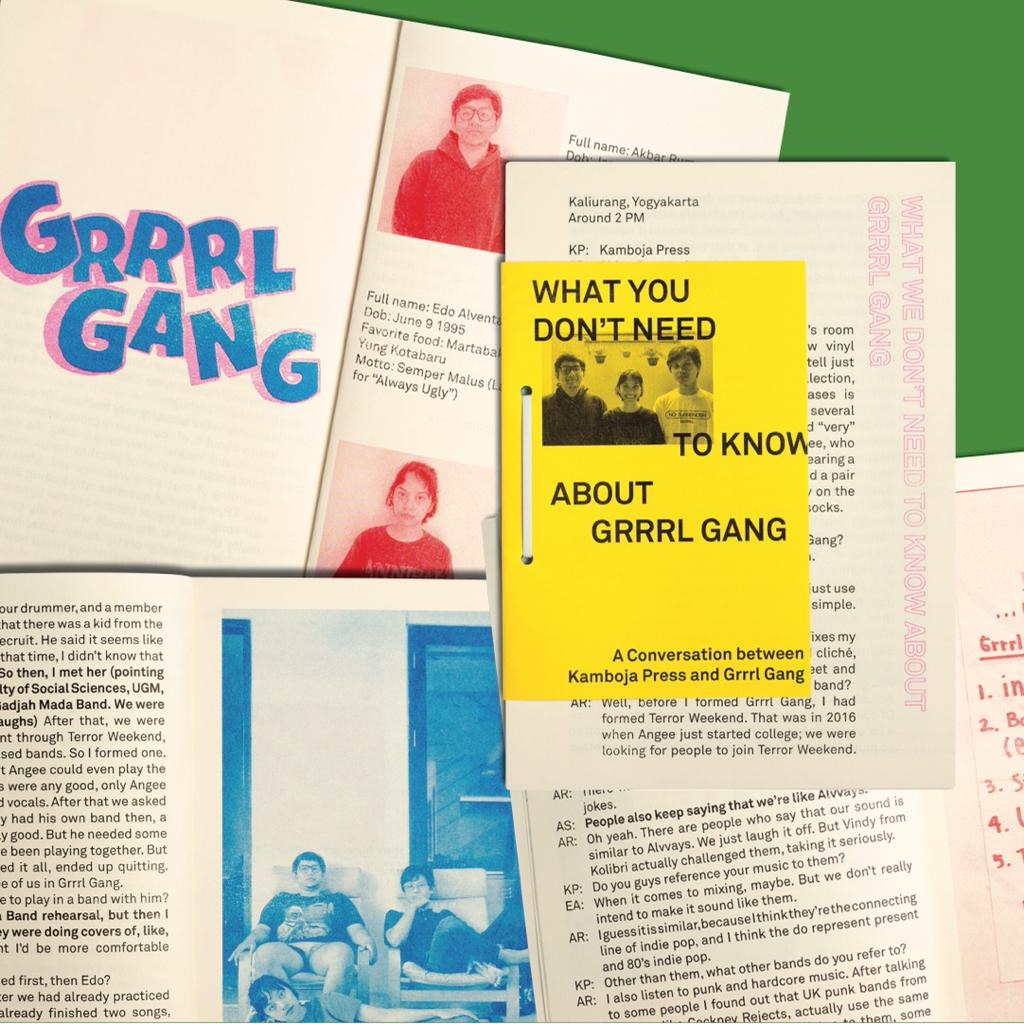
A
rtist Nadya Zahwa Noor calls her passion for Risograph printing a "fetish". In her six years of working as an artist, the 25-year-old has collected many Riso prints, as they're often called, in the form of children's storybooks, collective small-scale magazines called zines from Singapore to South Korea and her friends' artwork.
Producing unique color schemes that are translucent, meaning they change depending on the materials they are printed on, Riso printers are loved by designers, artists and limited-edition presses because they are cheap and result in often unpredictable colors that make any picture look artful.
Unlike conventional offset printing machines, Riso printers produce colors that, according to Nadya, "look like they don’t come from earth”.
"In offset printing, if I draw on the RGB mode screen and print it in CMYK mode, the result will look dull," Nadya said. "Looking at the [color] chart is like foreplay. Looking at the print, I can actually orgasm."
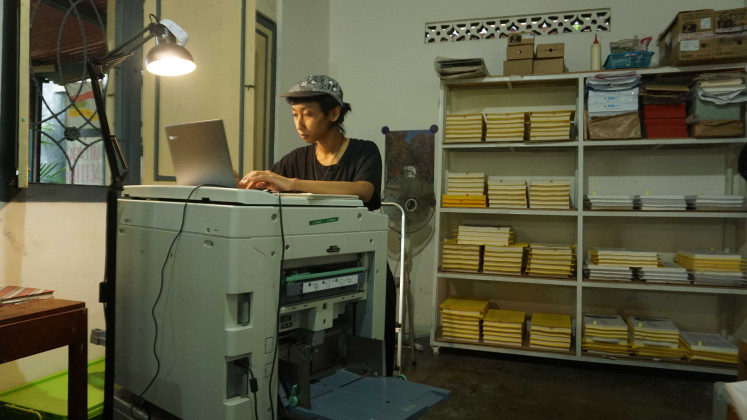
Angeeta Sentana, 23, the frontwoman of SXSW headlining indie rock band Grrrl Gang, is also a fan and has had a fanzine about her band printed by Kamboja Press using Riso printing.
"I like the colors, how the paper feels, how our pictures came out," said Angee, as she's known.
Riso prints are produced with ecofriendly materials and are seen by some as the future of printing, a sustainable and healthy form of design and art production. The printers use ink made from soybean oil or rice bran, which come from staple foods that have been eaten in Indonesia for centuries.
Japanese roots
Risograph is a brand of digital duplicator released in Japan in 1980 by the Riso Kagaku Corporation, designed for high-volume photocopying and printing.
"Technically, it's like a fusion between photocopying and screen printing techniques," said Daud "Ucok" Sihombing, 31, who runs Kamboja Press, an independent publisher that often uses Riso prints. "You may have even seen exam sheets that are duplicated through Riso during your school days."
Recently, in its home country, Riso has been widely used to support educational activities, such as the Japanese Ministry of Education, Culture, Sports, Science and Technology (MEXT) New Course of Study, their current curriculum standard, which was implemented in 2020.
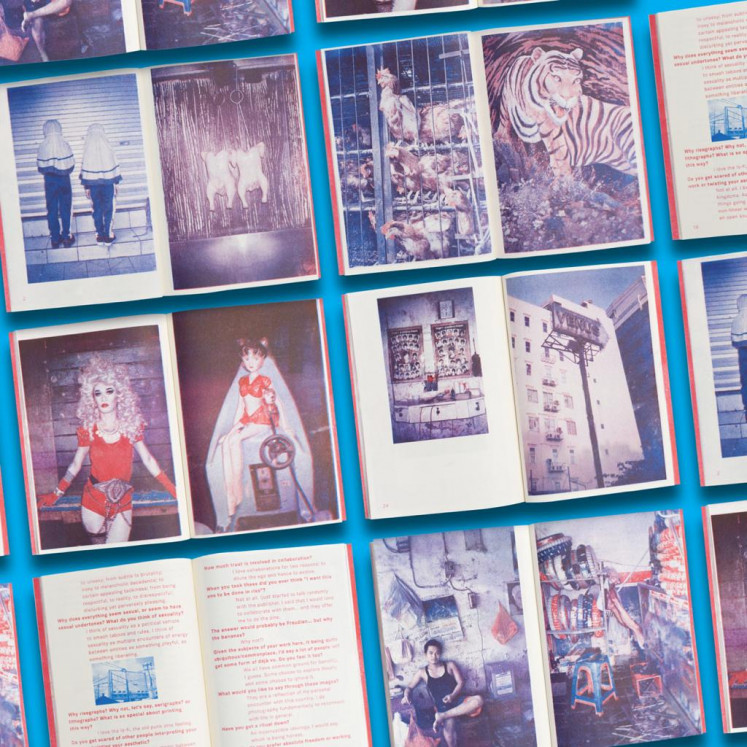
Here in Indonesia, the price of a new Risograph machine starts from Rp 80 million, while the ink costs about Rp 700,000 for 800 to 1,000 milliliters. According to Kamboja Press, the supplies can be purchased through a local authorized dealer, such as Setiawan Sedjati.
Nugie Rian, 23, a freelance photographer, said it cost Rp 20,000 to Rp 50,000 to print 48 pages of single-color Riso publications. The unit price is much lower if larger quantities are printed.
Independent publisher Kunci Copy Station's Fiky Daulay said Riso printing required specific skills.
In Fiky's words, good Riso printing requires "an artisan's skill".
Fiky's colleague, Maria Uthe, said Riso technicians needed to be thorough because they had to flip through each leaf of paper for each printing.
Everyone interviewed hoped that Risograph ink could eventually be produced from Indonesian soybeans.
Influencing local independent publications
Riso’s popularity in Indonesia has encouraged young artists to be more confident in publishing their work independently. Since 2017, Kamboja Press has released more than ten photo zines, printing 100 copies each.
The book store Aksara has started selling Riso printed products from independent publisher Binatang Press. These include zines, photography books, music, fiction and children's books. They're restocking the products because of how well they have been selling.
"Working on unique local content brings all these results to an international level while still prioritizing an independent publisher's spirit," said Aksara’s director, Adinda "Dinda" Simanjuntak.
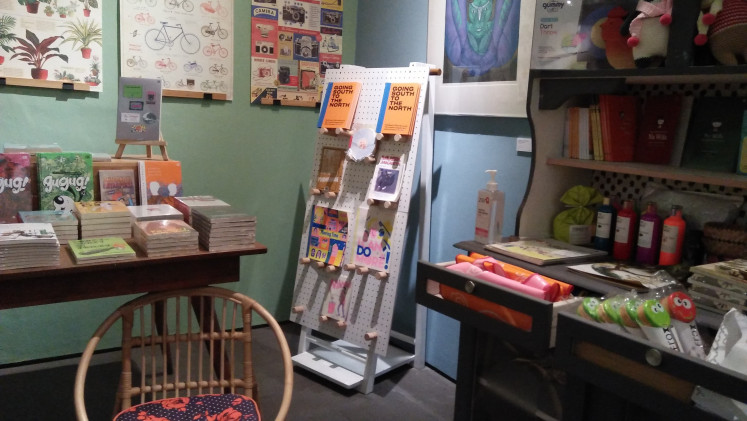
Dinda's admiration for Binatang Press's dedication to craftsmanship has resulted in a collaborative book celebrating Aksara's 20th anniversary, to be released later this year.
Nuraini "Nuning" Juliastuti from Kunci Study Forum & Collective, a cultural studies center, said Indonesia had a strong publishing culture. Local independent publishing was always a fertile field. Conveying messages, thoughts, and opinions through media in old and new formats, she said, had always been an important practice in defining social movements.
Nuning said there was a direct relationship between the increasing appreciation of Risograph aesthetics and youth productivity. She saw potential for soybeans to be used as ink locally, though acknowledged that it mostly took place “in the side-stream” and still needed a lot more practice and research.
She mentioned Alfin Agnuba, a Yogyakarta-based artist who experiments with plant-based ink formulated with cocoa powder. His work is also edible because he prints it on spring rolls. However, the ink’s durability remains unknown – especially when applied to paper – because of its different chemical properties from Riso ink.
Nuning said she thought the lack of progress in developing local ecofriendly ink was due to differences in focus between publishers. Some simply cared more than others.
"Each publisher tends to have [a different opinion] on making its publishing position profitable. Most Indonesian publishers are still grappling with the issue of how to make a profit from the business," Nuning said.
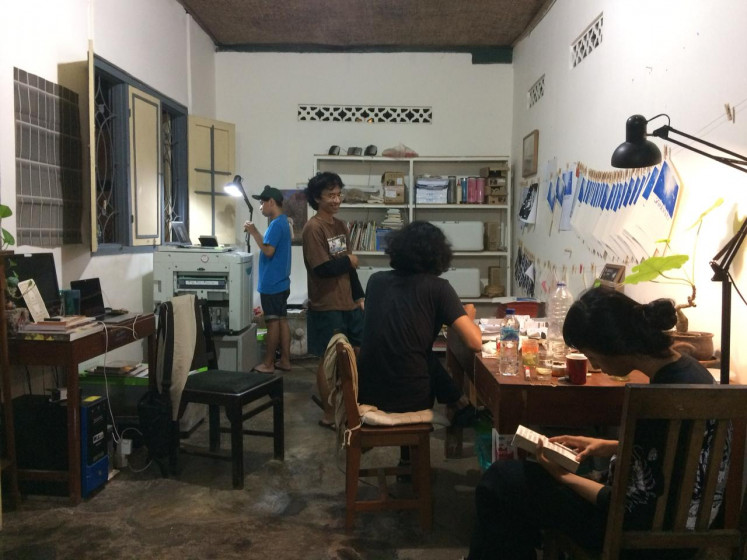
Nuning said Indonesian publishers had also tried making environmentally friendly paper for printing but that its expense kept it a rare practice. She hoped further experimentation with soybean ink would cause it to become more affordable and, therefore, a more common practice, noting that it would be wise to promote soybean ink (particularly for Riso prints) as an environmentally friendly option, to get the word out.
“We are on the right track to developing a path for living in an environmentally friendly way,” Nuning said.









